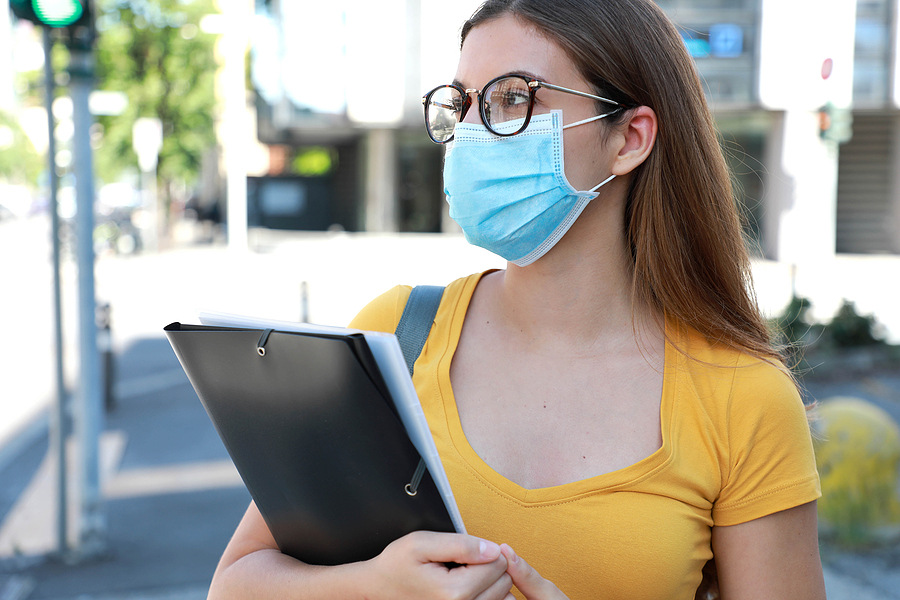After a rough first half of the year, a new school semester is a welcome chance for a fresh start. The majority of students (about 90%) are eager to set foot on campus this fall and return to their studies.
But due to financial difficulties, health concerns, and general uncertainties, there will likely be fewer students on campus — experts expect college admissions to decline by 5% to 20%.
Still, nine out of 10 students expressed confidence that their university would take appropriate actions to keep them safe and healthy, and over 85% had the same confidence in their housing provider. To live up to those expectations and protect their students, campus and student housing facilities have some work to do.
Classroom and coursework changes
Most colleges are taking a hybrid approach to reopening, offering both on-campus and online classes so students can choose their preferred classroom setting. In-person lessons might work best for smaller class sizes or those that require hands-on work (e.g., labs and studios), while online classes are ideal for larger groups and courseloads that already contain digital learning materials.
Regardless of how classrooms look and operate in the new normal, reliable technology is critical. At any point, campuses could face another lockdown situation or a need to accommodate self-isolating students.
To keep them from falling behind, students should have easy access to electronic copies of textbooks, handouts, and other resources, as well as the option to switch to online class attendance when necessary. They should also be able to request online exams or take tests in small, well-spaced groups. And, of course, the backbone of all this is secure, powerful WiFi across campus buildings and housing.
New standards for student housing
Student housing has already been moving in a “less is more” direction, with bedrooms becoming smaller and common areas becoming more spacious. Now, this trend is keeping students spaced out and preventing the spread of disease.
Here are a few specific design and policy modifications that support public health and social distancing guidelines:
- Providing private rooms and/or fewer roommates
- Limiting dorm density by designating quarantine dorms, encouraging off-campus housing, and using hotel accommodations
- Breaking up large amenities into smaller spaces shared with fewer residents (kitchens, gyms, restrooms, laundry rooms, etc.)
- Limiting off-campus travel and visitors
- Adding flexible spaces that can convert into more or fewer rooms as the situation shifts
Touchless technology and contactless transactions
Technology is saving the day in these difficult times, creating a way for us to complete normal, everyday tasks with minimal human interaction. And returning students will expect to find more contactless, touchless designs on campus this year.
Using motion-activation and smart home technologies, simple tasks like unlocking doors and switching on lights or appliances no longer require touch. These technologies are particularly useful in common areas to curb the spread of pathogens through surfaces.
And most deliveries, payments, and other common transactions become completely contact-free with the use of online platforms and tech-driven tools like smart package lockers.
Smart lockers are not only part of an efficient, contactless package management system — they help secure the transfer of essential school items, including:
-
- IDs, keys, and parking passes
- Textbooks and course resources
- Laptops and mobile devices
- Financial aid, registration, and other sensitive documents
With smart lockers, college campuses and student housing properties can provide their students with everything they need to succeed without putting their health at risk.
Wondering if smart package lockers are a good fit for your campus? Contact us today!




